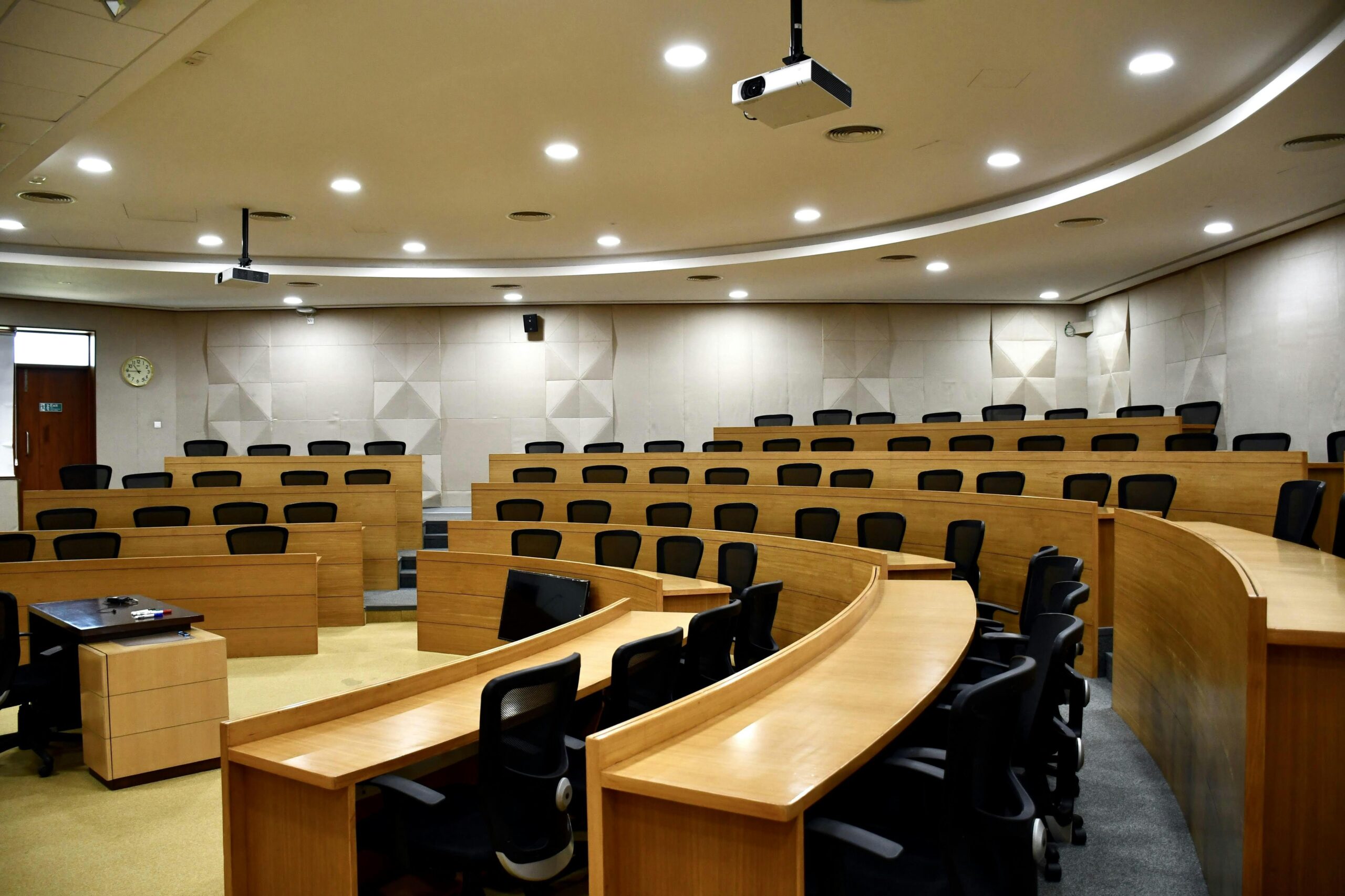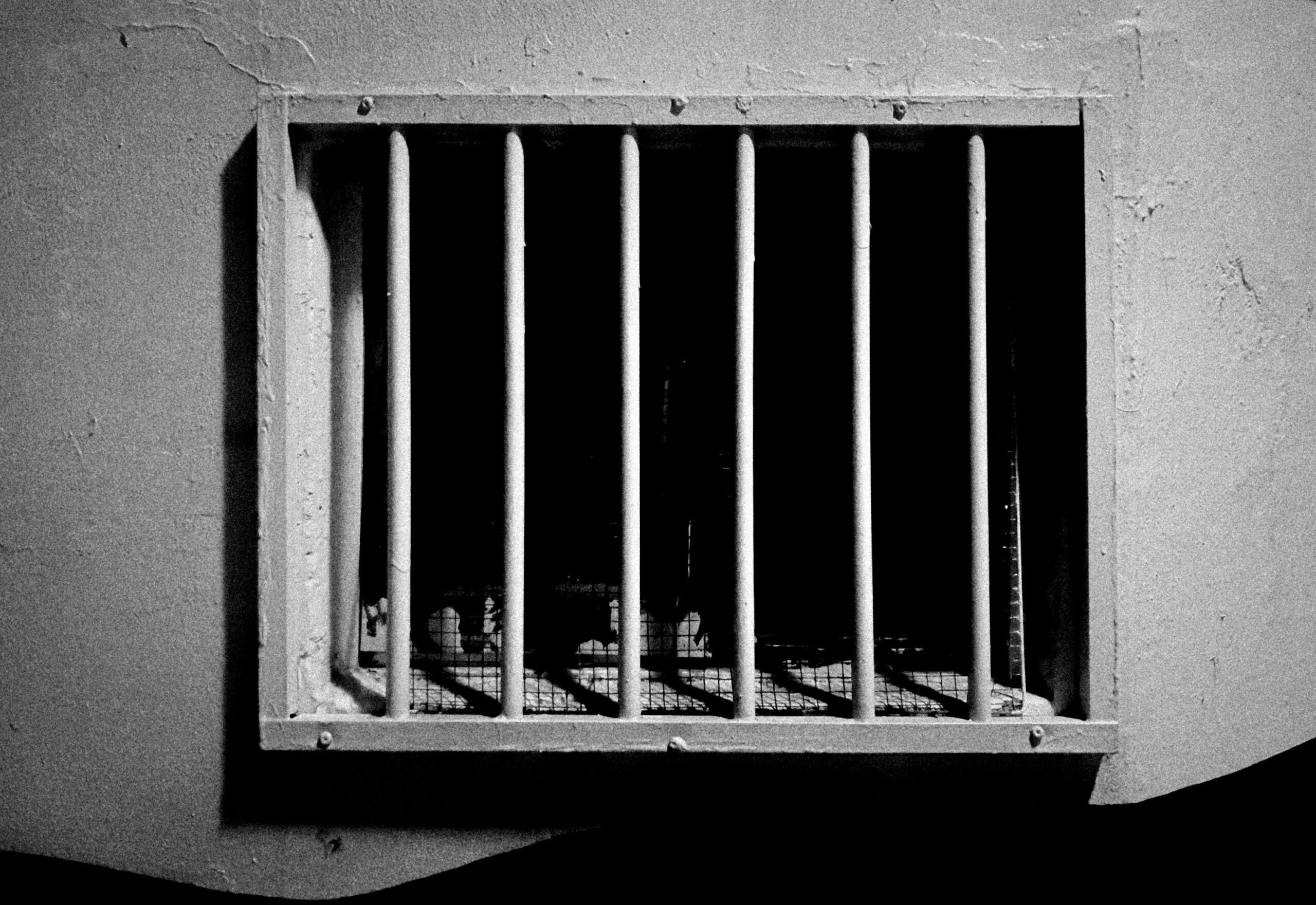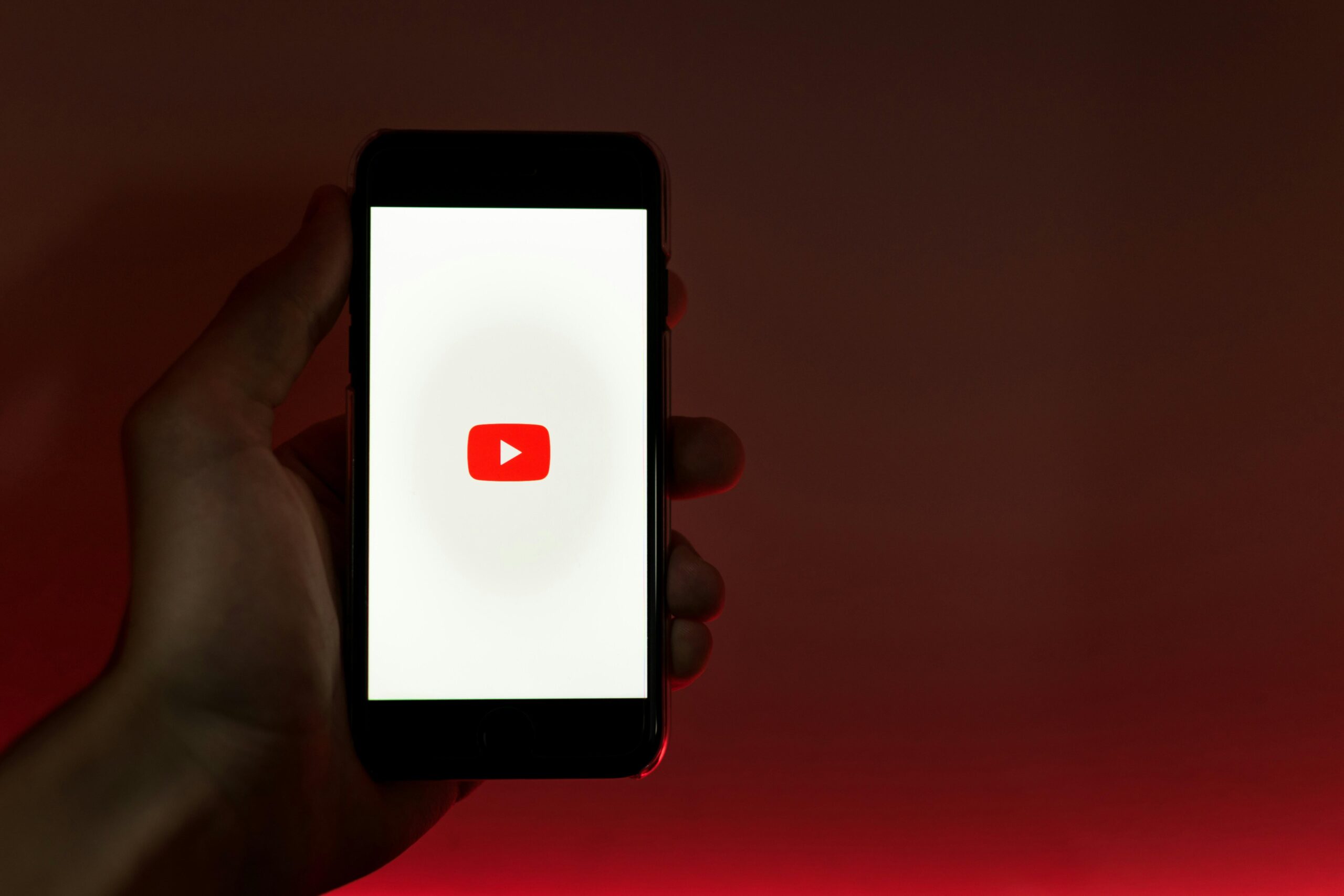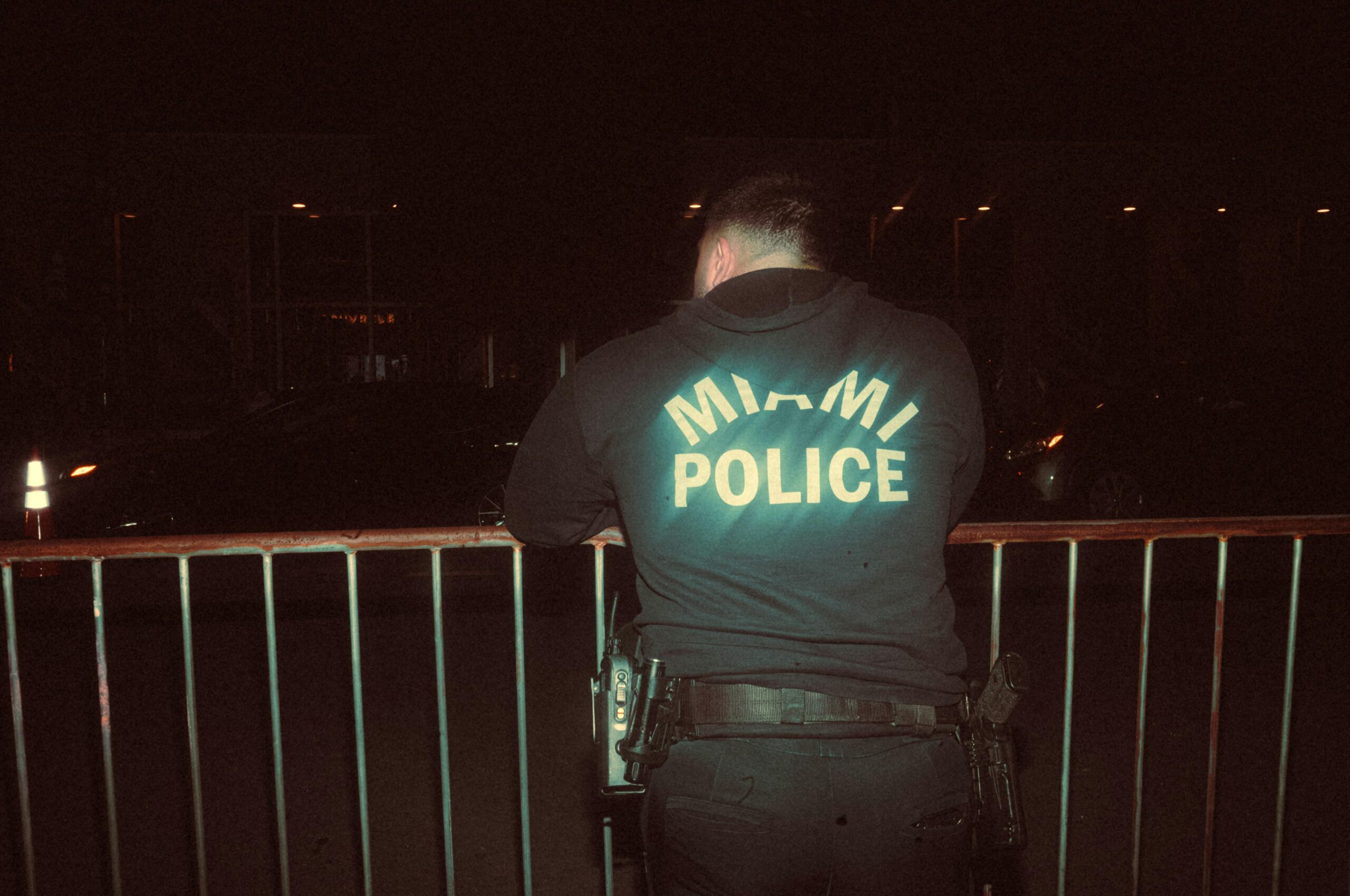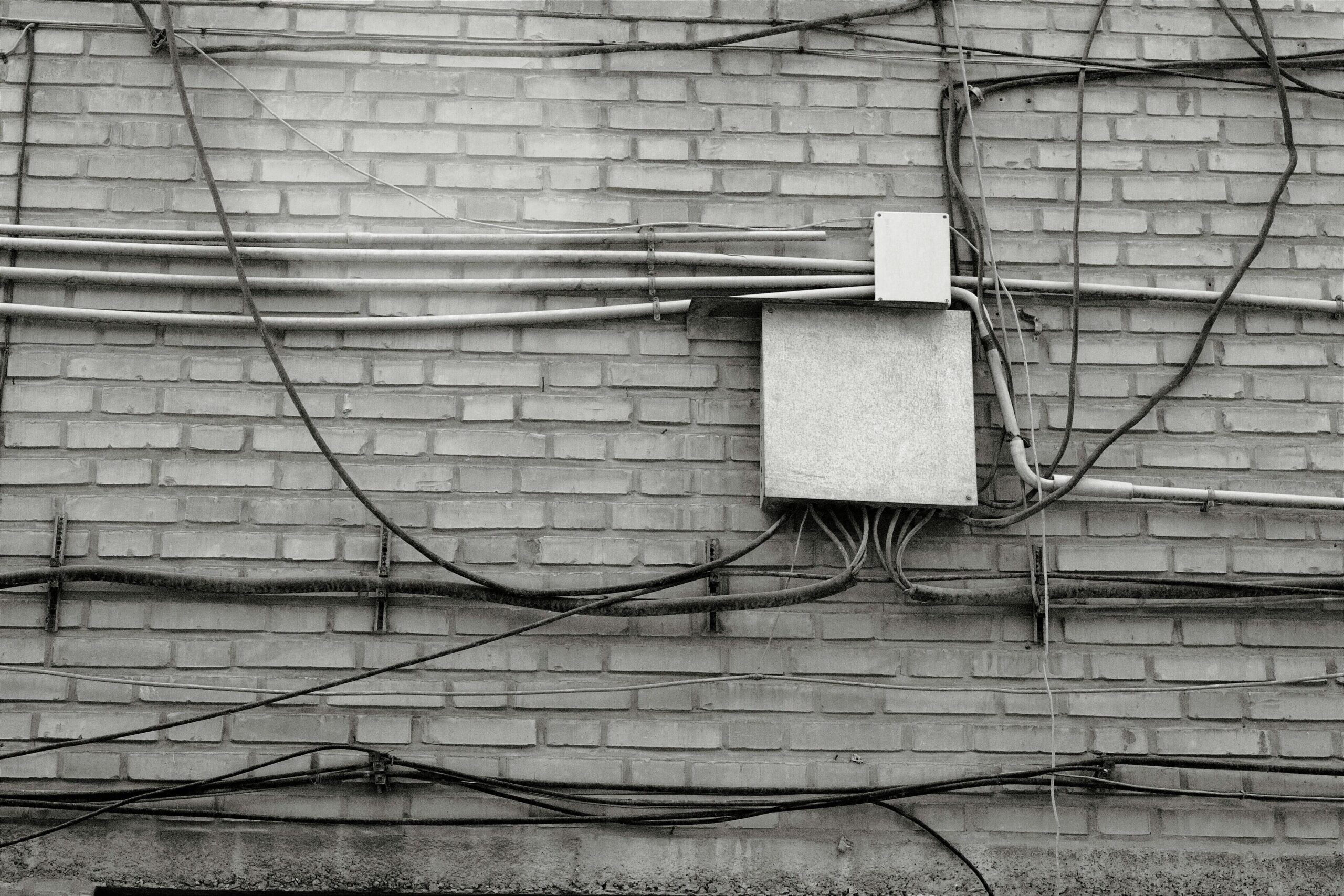Ever wondered how a tiny hair or a smudge of fingerprint can turn the tide of a courtroom drama? In the intricate dance of justice, forensic evidence acts as the unsung hero—silent, precise, and often game-changing. Join us as we dive into the fascinating world where science meets law, uncovering how forensic clues unlock hidden truths and shape the outcomes of trials. Whether you’re a true-crime enthusiast or simply curious about the behind-the-scenes of legal battles, this journey into forensic evidence promises to reveal the secrets that make justice possible.
Table of Contents
- The Science Behind the Scenes Exploring the Types of Forensic Evidence That Make or Break a Case
- Decoding DNA Fingerprints How Genetic Clues Turn Suspicion Into Convictions
- The Art of Crime Scene Investigation Tips for Preserving Evidence That Tells the Real Story
- Bridging the Gap Between Lab and Court How Experts Present Forensic Findings to Win Over Jurors
- Key Takeaways
The Science Behind the Scenes Exploring the Types of Forensic Evidence That Make or Break a Case
At the heart of every courtroom battle lies an intricate web of scientific analysis that can either confirm suspicions or cast reasonable doubt. Forensic evidence acts as a silent witness, revealing stories that no eyewitness could capture. From microscopic fibers to digital footprints, each piece of evidence undergoes meticulous examination under the lens of disciplines such as DNA analysis, toxicology, and ballistics. The precision of these methods transforms raw data into compelling narratives, illuminating truths hidden beneath layers of uncertainty.
Among the myriad types of forensic proof, some stand out for their dramatic impact on a case’s outcome:
- DNA Evidence: The genetic blueprint that can uniquely identify individuals with astounding accuracy.
- Fingerprint Analysis: A classic yet ever-reliable method to connect a suspect to a crime scene.
- Digital Forensics: Unveiling crucial details from electronic devices, often revealing the who, when, and how.
- Trace Evidence: Tiny clues like hair, paint, or glass fragments that link materials and locations.
Each element contributes to a mosaic that juries and judges use to sift fact from fiction, demonstrating that science isn’t just behind the scenes—it’s center stage in the pursuit of justice.
Decoding DNA Fingerprints How Genetic Clues Turn Suspicion Into Convictions
At the heart of modern forensic science lies the intricate map of our DNA, a biological signature so unique that it can distinguish one individual from billions. Through advanced techniques like PCR (Polymerase Chain Reaction) and STR (Short Tandem Repeat) analysis, genetic material recovered from crime scenes transforms mere suspicion into compelling evidence. Each fragment of DNA carries a story — patterns that forensic experts decode to unveil identities, link suspects to scenes, and ultimately provide courts with irrefutable proof. This molecular fingerprinting doesn’t just offer answers; it also helps exonerate the innocent, shining a light on truth where shadows of doubt once lingered.
- Precision: DNA evidence reduces ambiguity in investigations, narrowing down suspects with unparalleled accuracy.
- Reliability: Unlike eyewitness accounts, genetic clues remain unaffected by memory loss or bias.
- Legacy: DNA profiles can be stored indefinitely, helping solve cold cases years — even decades — later.
What makes DNA fingerprinting particularly compelling is not just its sophistication, but its interpretive subtlety. Forensic scientists are akin to detectives piecing together a grand jigsaw puzzle, where every genetic marker is a crucial piece. This approach demands rigorous standards, as even the slightest contamination or misinterpretation can lead to wrongful convictions. By adhering to strict protocols, the process elevates scientific findings from the laboratory bench to the courtroom bench, where genetic clues carry the weight of justice and help ensure verdicts are grounded on undeniable fact rather than conjecture.
The Art of Crime Scene Investigation Tips for Preserving Evidence That Tells the Real Story
At the heart of every successful investigation lies the meticulous preservation of evidence. It’s not just about collecting items—it’s about safeguarding the integrity of each clue so it can speak without distortion. Professionals emphasize the importance of minimizing contamination, understanding that a single careless touch can blur the truth forever. By using gloves, masks, and tools designed for careful handling, investigators ensure that what is collected is an unadulterated fragment of the crime scene’s story. This delicate dance of precision requires patience and unwavering attention to detail, as even a small oversight can shift the course of a trial dramatically.
There is an art to not only preserving but also documenting each piece of evidence, creating a chain of custody that stands rigorous scrutiny in the courtroom. Crucial tips include:
- Photograph before touching: Every angle, lighting condition, and proximity should be captured to set a visual record.
- Label meticulously: Clear labels with time, date, and location keep evidence traceable.
- Separate storage: Items must be stored individually to prevent cross-contamination.
- Limit exposure: Keep evidence sealed and protected from environmental factors like moisture and heat.
These steps don’t just safeguard physical objects—they preserve narratives, laying the groundwork for truth to emerge naturally in the courtroom. Crime scene investigation transforms from science to artistry when each element is handled as a vital character in the unfolding drama of justice.
Bridging the Gap Between Lab and Court How Experts Present Forensic Findings to Win Over Jurors
Translating complex forensic data into a narrative that resonates with jurors is both an art and a science. Experts don’t just present raw results; they craft stories that illuminate the evidence’s significance in the broader context of the case. This involves simplifying technical jargon without diluting the content’s credibility, often using analogies, visual aids, and real-world examples to make abstract concepts tangible. The challenge lies in maintaining the delicate balance where clarity meets authority, ensuring jurors grasp the evidence’s implications without feeling overwhelmed or alienated.
Additionally, forensic experts engage in meticulous preparation to anticipate cross-examinations and skepticism. They focus on:
- Clear communication: Tailoring explanations to the average juror’s level of understanding.
- Visual storytelling: Incorporating charts, 3D models, and animations to visualize crime scenes or molecular structures.
- Credibility building: Demonstrating their qualifications and unbiased approach to gain trust.
- Interactive presentations: Encouraging questions or breaking down evidence in digestible segments.
This strategic presentation does more than relay facts—it builds a compelling case narrative where forensic evidence becomes a persuasive character that helps jurors unlock truths hidden beyond the lab bench.
Key Takeaways
As we’ve seen, forensic evidence is much more than just the flashy fingerprint or DNA scene you see on TV. It’s a fascinating puzzle piece that, when carefully analyzed, can unlock hidden truths and reshape the course of justice. From microscopic fibers to digital footprints, these clues offer a window into the past, helping juries and judges separate fact from fiction. So next time you hear about a courtroom showdown, remember the quiet power of forensic science working behind the scenes—because sometimes, the smallest detail can make all the difference in uncovering the truth. Curious to see where this science will take us next? Stay tuned, because the story is far from over.



